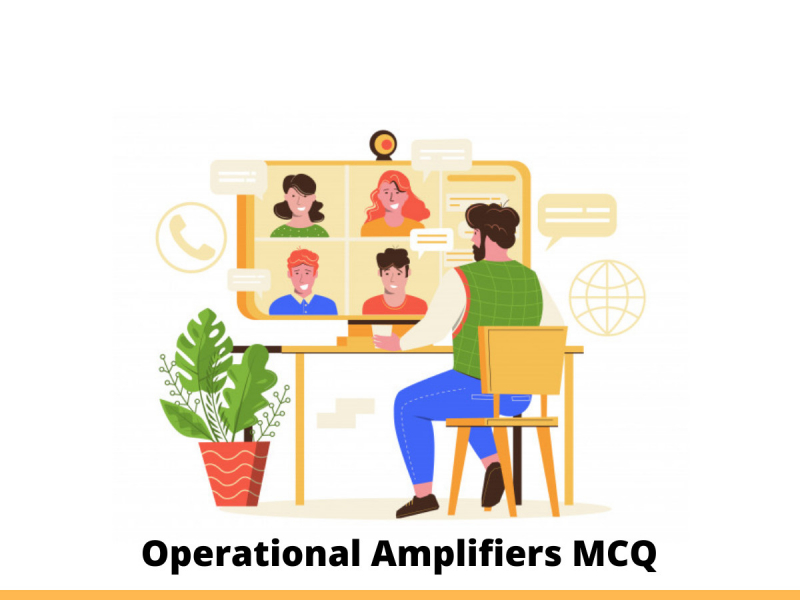Practice Operational Amplifiers MCQ Test & Online Quiz to Test Your Knowledge
We have listed below the Operational Amplifiers MCQs that checks your basic knowledge of Operational Amplifiers. This Operational Amplifiers MCQ Test contains 20+ Multiple Choice Questions. You have to select the right answer to the question to check your final preparation for the Operational Amplifiers/Electrical Engineering Exams. Finally, you can also download below the Operational Amplifiers MCQ PDF completely free.

